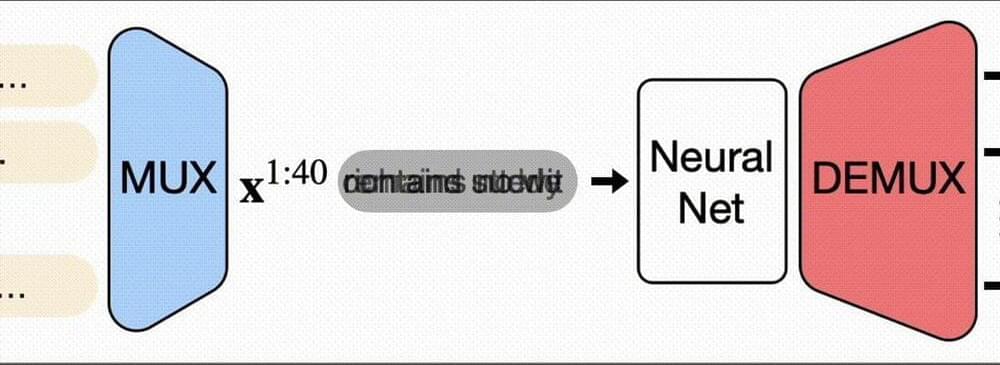Get a year of Nebula and Curiosity Stream for only $14.79 when you sign up at http://www.curiositystream.com/joescott.
We’ve been hearing for years how nanotechnology is going to change the world. In movies and in headlines, nanotechnology is almost like “future magic” that will make the impossible possible. But how realistic are those predictions? And how close are we to seeing some of them come true? Let’s take a look at the state of nanotechnology.
Want to support the channel? Here’s how:
Patreon: http://www.patreon.com/answerswithjoe.
Channel Memberships: https://www.youtube.com/channel/UC-2YHgc363EdcusLIBbgxzg/join.
T-Shirts & Merch: http://www.answerswithjoe.com/store.
Check out my 2nd channel, Joe Scott TMI:
https://www.youtube.com/channel/UCqi721JsXlf0wq3Z_cNA_Ew.
You can listen to my podcast, Conversations With Joe on Spotify, Apple Podcasts, Google Podcasts, or wherever you get your podcasts.
Spotify 👉 https://spoti.fi/3AWUFAO
Apple Podcasts 👉 https://apple.co/3Hngf3v.
Google Podcasts 👉 https://bit.ly/3s9Sq9b.
Interested in getting a Tesla or going solar? Use my referral link and get discounts and perks:









